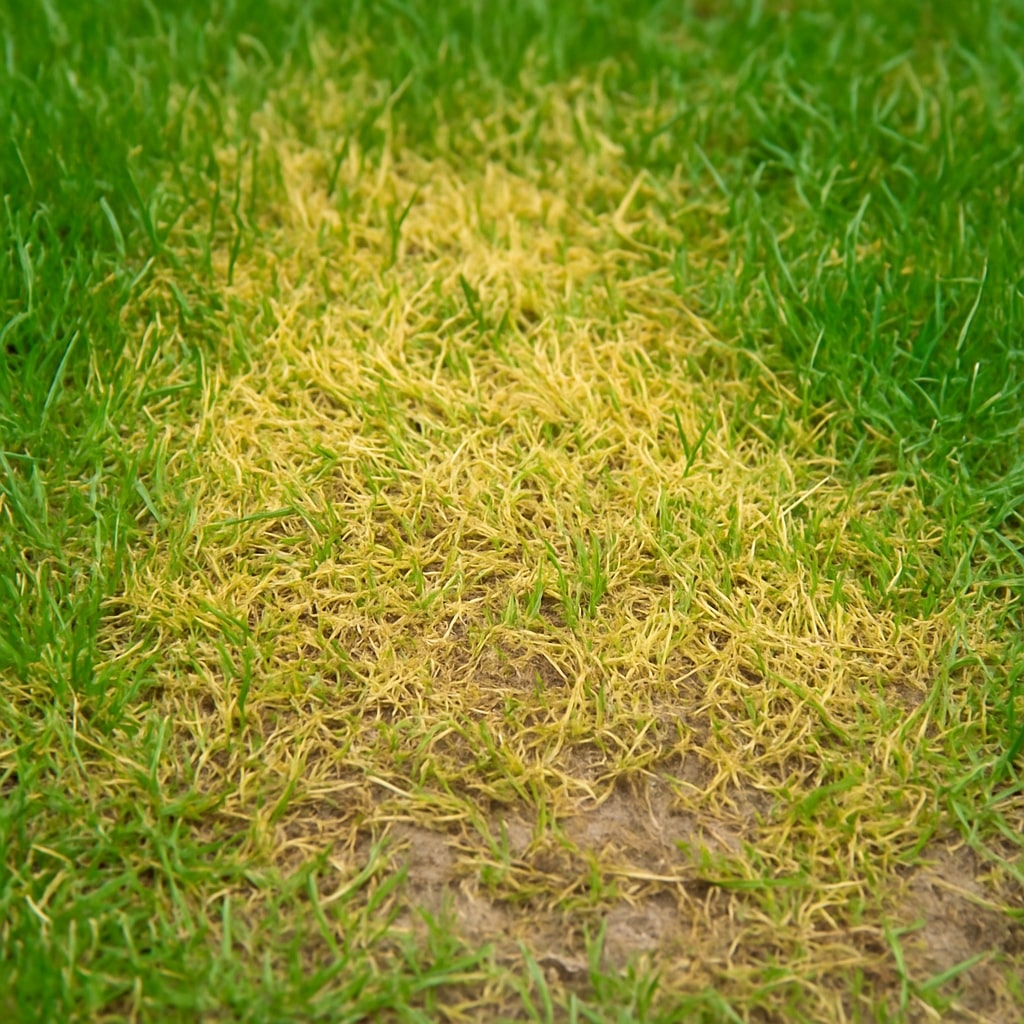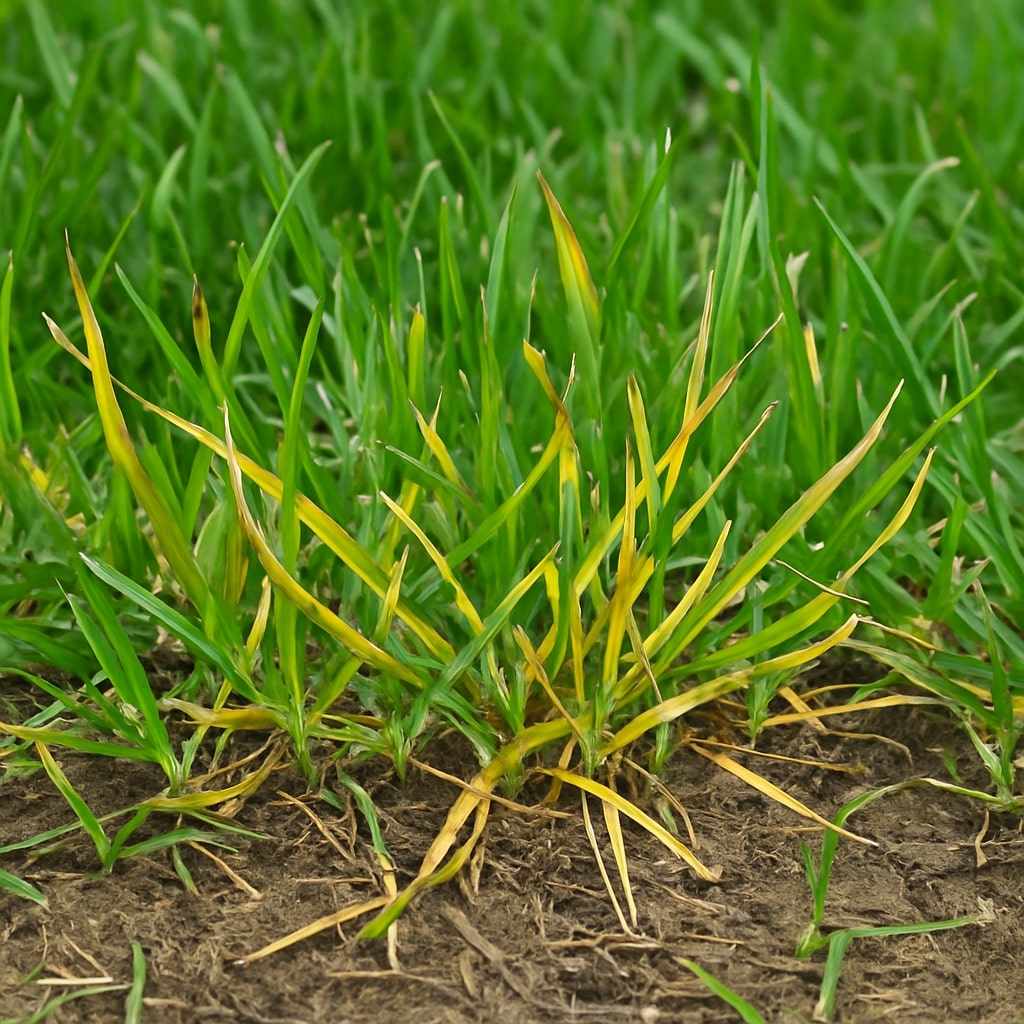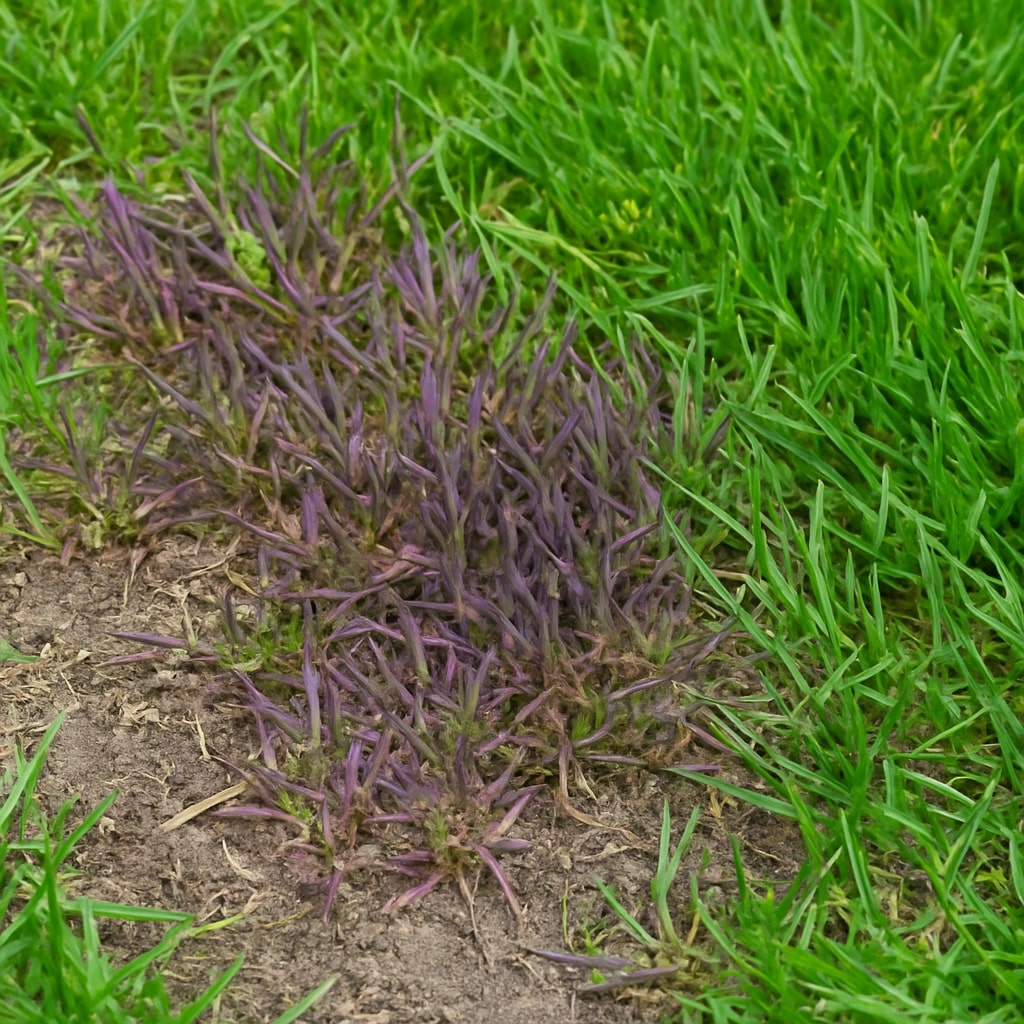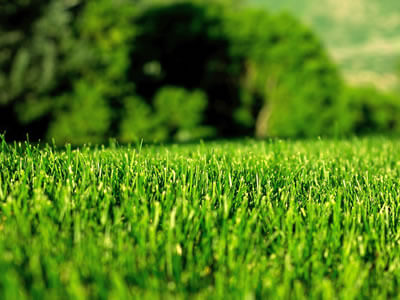A lush, green lawn is a hallmark of a well-maintained home, but achieving and maintaining such vibrancy requires more than regular mowing and watering. Understanding the intricate nutritional needs of your lawn is essential for its health and longevity. This article delves into the complexities of lawn nutrition, highlighting the importance of both macro and micronutrients, the risks of nutrient deficiencies and lock-up, the various forms of nitrogen, and the critical role of the soil food web.

- The Importance of Lawn Nutrition
Grass, like all plants, relies on a balanced intake of nutrients to thrive. While sunlight and water are fundamental, they are insufficient on their own. Essential nutrients obtained from the soil play pivotal roles in various physiological processes:
- Macronutrients:
- Nitrogen (N): Promotes lush, green, leafy growth.
- Phosphorus (P): Supports root development and energy transfer.
- Potassium (K): Enhances disease resistance and overall hardiness.
- Micronutrients:
- Iron (Fe): Vital for chlorophyll synthesis, influencing the deep green colour of grass.
- Magnesium (Mg): Central component of chlorophyll, aiding in photosynthesis.
- Zinc (Zn), Manganese (Mn), Copper (Cu), and others: Each plays specific roles in enzymatic functions and plant metabolism.
A deficiency or imbalance in any of these nutrients can lead to visible symptoms such as discolouration, stunted growth, or increased susceptibility to pests and diseases.

- Nutrient Deficiencies and Lock-Up
Nutrient deficiencies manifest in various ways:
- Nitrogen Deficiency: Yellowing of older leaves and reduced growth.
- Phosphorus Deficiency: Dark green or purplish hues in older leaves, poor root development.
- Potassium Deficiency: Yellowing at leaf edges, leading to browning and potential leaf death.
However, it’s not just the absence of nutrients that’s concerning. Soil conditions can cause certain nutrients to become unavailable to plants, a phenomenon known as “nutrient lock-up.” Factors contributing to this include:
- Soil pH Imbalances: Extreme pH levels can render nutrients insoluble.
- Antagonistic Interactions: Excess of one nutrient can inhibit the uptake of another.
For instance, excessive phosphorus can impede the absorption of iron and zinc, leading to secondary deficiencies despite their adequate presence in the soil.
- Forms of Nitrogen: Fast-Release vs. Slow-Release
Nitrogen is available in various forms, each affecting grass growth differently:
- Fast-Release Nitrogen:
- Examples: Urea, ammonium nitrate.
- Characteristics: Provides immediate nutrient availability, leading to rapid growth spurts.
- Drawbacks: Higher risk of leaching, potential for burning grass if overapplied, and may necessitate frequent applications.
- Slow-Release Nitrogen:
- Examples: Sulphur-coated urea, methylene urea.
- Characteristics: Releases nitrogen gradually, promoting steady growth over extended periods.
- Benefits: Reduces leaching risk, lowers the chance of turf burn, and requires fewer applications.
Selecting the appropriate nitrogen form is crucial. While fast-release fertilisers offer quick greening, they can lead to growth surges that the lawn cannot sustain, increasing vulnerability to stress and disease. Conversely, slow-release formulations support consistent growth, enhancing the lawn’s resilience.

- The Soil Food Web: Nature’s Nutrient Network
Beneath the grass lies a bustling ecosystem known as the soil food web, comprising microorganisms such as bacteria, fungi, protozoa, and nematodes. These organisms play indispensable roles in nutrient cycling:
- Decomposition: Breaking down organic matter into simpler compounds.
- Nutrient Mineralisation: Converting organic nutrients into inorganic forms accessible to plants.
- Soil Structure Improvement: Enhancing aeration and water retention through the creation of soil aggregates.
A healthy soil food web ensures that nutrients are continuously made available to the lawn, reducing the reliance on synthetic fertilisers. Disturbances to this ecosystem, such as overuse of chemical treatments or compaction, can disrupt these processes, leading to nutrient deficiencies and diminished soil health.
- The Case for Professional Lawn Care
Given the complexities of lawn nutrition, from understanding nutrient interactions to managing soil biology, professional guidance becomes invaluable. Certified lawn care specialists offer:
- Comprehensive Soil Testing: Identifying pH levels, nutrient deficiencies, and organic matter content.
- Tailored Fertilisation Plans: Crafting nutrient programmes that address specific lawn needs, considering factors like grass species, soil type, and local climate.
- Expertise in Soil Biology: Implementing practices that support and enhance the soil food web, such as organic amendments and microbial inoculants.
By leveraging professional services, homeowners can ensure their lawns receive precise care, leading to sustainable health and enduring beauty.
Customer Testimonial
“Just had my spring nutrition treatment. Knowledgeable team, efficient and friendly. My lawn looks so much better since

 Established 2016
Established 2016












